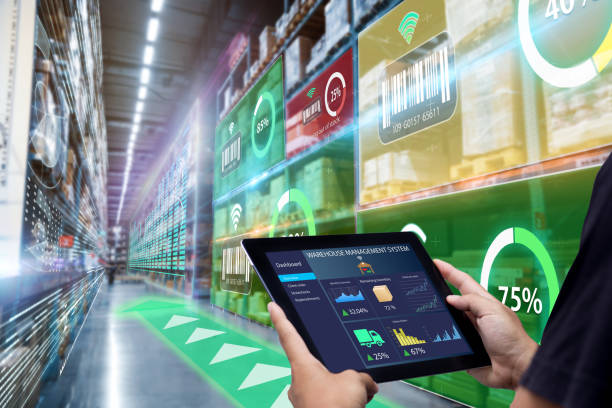What is The Best PLM Software?
Being able to navigate through what’s the best PLM software when there is an excellent selection to choose from. It doesn’t matter what sector you are currently in, if you design and look to take a product to market. Then the chances are you will need to have some kind of PLM Software to be able to bring your products to market more efficiently.

So below, we will talk more about PLM systems and why they are needed in the growing manufacturing industry. There are many factors you need to consider when looking for a product lifecycle management solution that you can use now and to scale your business. Having the ability to import tech packs into the solution is a must for any PLM software.
Does PLM Have a Future?
The simple answer is, ‘Yes’ PLM has a brilliant future ahead as the integration, collaboration, and easier management solution. The software will be more driven by big data and mobility and the advancements made in the manufacturing automation processes. Also, PLM software can analyze data obtained by customer devices to give more insights into how the product is being used by the consumer.

The more data that can be fed into the PLM system, the smarter the system can get including supply chain and shipping of the finished product. Being able to pick a smarter and faster route to market can help you keep the product on track to make it on time for the product release. It’s not too uncommon now for products to have a delayed release date. Having a smart system for manufacturing and supply chains just makes a smarter business.
Is PLM The Same as ERP?
PLM and ERP are different in a couple of ways. The main being that PLM is more about the idea and planning of the product. While ERP, on the other hand, is more about the execution of the product. Therefore, ERP is mainly used by manufacturing operations personnel. PLM is mainly used by product designers and engineers within a company.

So Product lifecycle management (PLM) is more involved during the product idea, innovation and design process or where maybe a tech pack is used as well. ERP helps manage its quality, cost control, efficiency during the manufacturing and supply chain stages. While both systems are vast and diverse in their own abilities, they can’t be replaced by each other until one system comes to market that can combine all these processes into one system.
What makes a good PLM?
A good product lifecycle management makes the entire process of ideation to development to the final product much easier to manage to scale. Without a backing of a good PLM system, then the entire process of getting ideas to market would fail. Most lightly, some products we see every day would never be in the shops if it wasn’t for PLM software.
A great way to use a PLM is to develop a strategy to make better and more informed decisions about ways that you can optimize every stage of the product. This in turn will help the business make better choices about how to maximize the profit by keeping the product costs to a minimum. Because many departments are involved in the development of a product, having a central location where every team can view the product and its progress. This just makes sense to a business and enables everyone to have an overall view of the product itself.

The entire purpose of such software as a PLM is to shorten the product development time and allow communication between the teams to flow more easily. Allowing every team member to view the product from the start will increase the flow of the product and its cycle into the market.
Benefits of a PLM System
Let’s look at the overall benefits of a PLM system and what it can do for your company as a whole.
- Improved decision-making and forecasting
- Increased innovation
- Reduced time to market
- Reduced costs
- Reduced waste
- Higher quality products
- Enhanced information transparency
- Optimization of processes and workflows
- Improved product reliability
- Increased productivity
- Identification of recent development and market opportunities